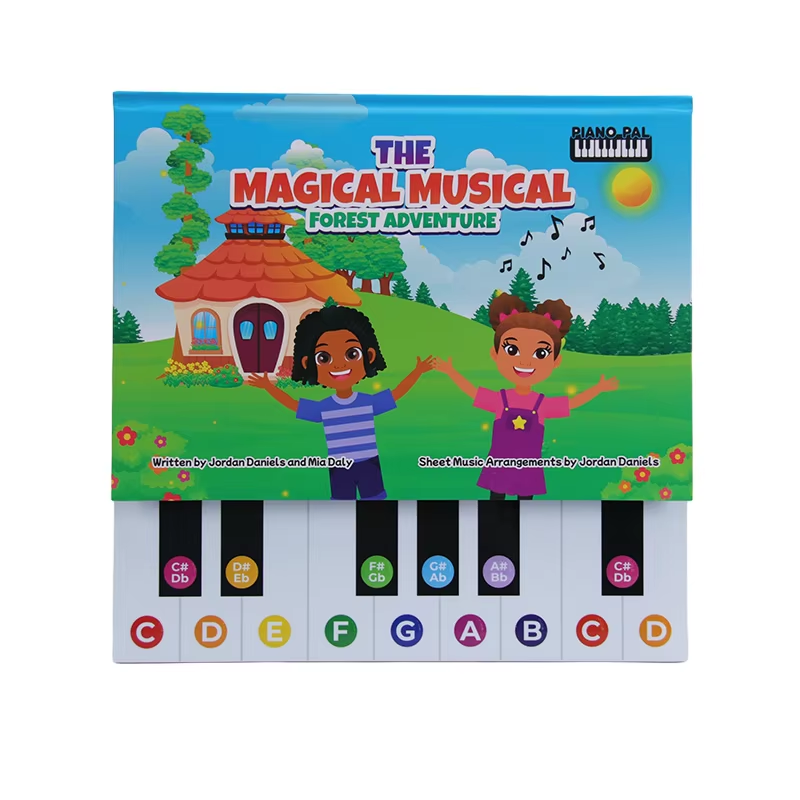Picture books sit at the heart of early childhood learning, acting like a doorway that swings between make-believe and the first building blocks of reading. Bright pictures and simple stories grab a young childs attention and quietly nudge their brain and feelings to grow. Each turn of the page slides in new words, ideas, and even slices of different cultures, which is why teachers treasure them.
One clear advantage of these books is the way they fuel talk and listening skills. Because the pictures pull children in, they hear plenty of varied words and sentences before they can read alone. That early language-rich play links directly to stronger grades later on. Teachers can lift the story off the page by asking kids what comes next, letting them wonder or whisper, and those small moves plant critical thinking and easier conversation habits.
Picture books do far more than fill story time; they're quiet guides for social-emotional learning. Lots of tales deal with friendship, empathy, or solving arguments, giving kids a safe place to notice how they feel and how others do, too. When a child connects with a hero or even a grumpy animal, lessons about kindness, patience, and teamwork slip in almost unnoticed. That emotional pull makes reading richer and builds the social know-how kids need as they grow.
Beyond feelings and words, picture books also give the brain a workout. Seeing bright art beside simple sentences encourages kids to put two and two together, so understanding comes faster. Fun tasks like retelling, chatting about a page, or guessing what happens next deepen memory and keep little hands busy. They also explain tough ideas-play, gravity, seasons-in plain pictures and plain words, so the material never feels out of reach.
Looking ahead to tomorrow, picture books will still sit at the heart of early childhood classrooms. Teachers now search for stories that mirror every childs skin color, family setup, and everyday adventure, proving how wide and welcoming a library can be. When children read books that look or feel like their own lives, they settle in faster and speak up more, knowing their story counts. At the same time, tappable, swirling digital tales invite little hands to press, swipe, and steer the action, making reading feel like play.
So picture books remain more than cute art and quick plots; they guide tiny mouths in speech, help big feelings land safely, and give growing brains steady practice at thinking. As teachers keep lifting these bright pages, early education can only box in more imagination, kindness, and plain-old joy for books.
Schools are paying closer attention to picture books that feature characters and cultures from around the world. Educators know that reading stories where kids see themselves-and where they meet others-gives young readers confidence and a bigger outlook on life. At the same time, rising tech lets publishers add videos, sounds, and touchable elements to simple story pages, so todays digital kids find books lively and hard to put down.

